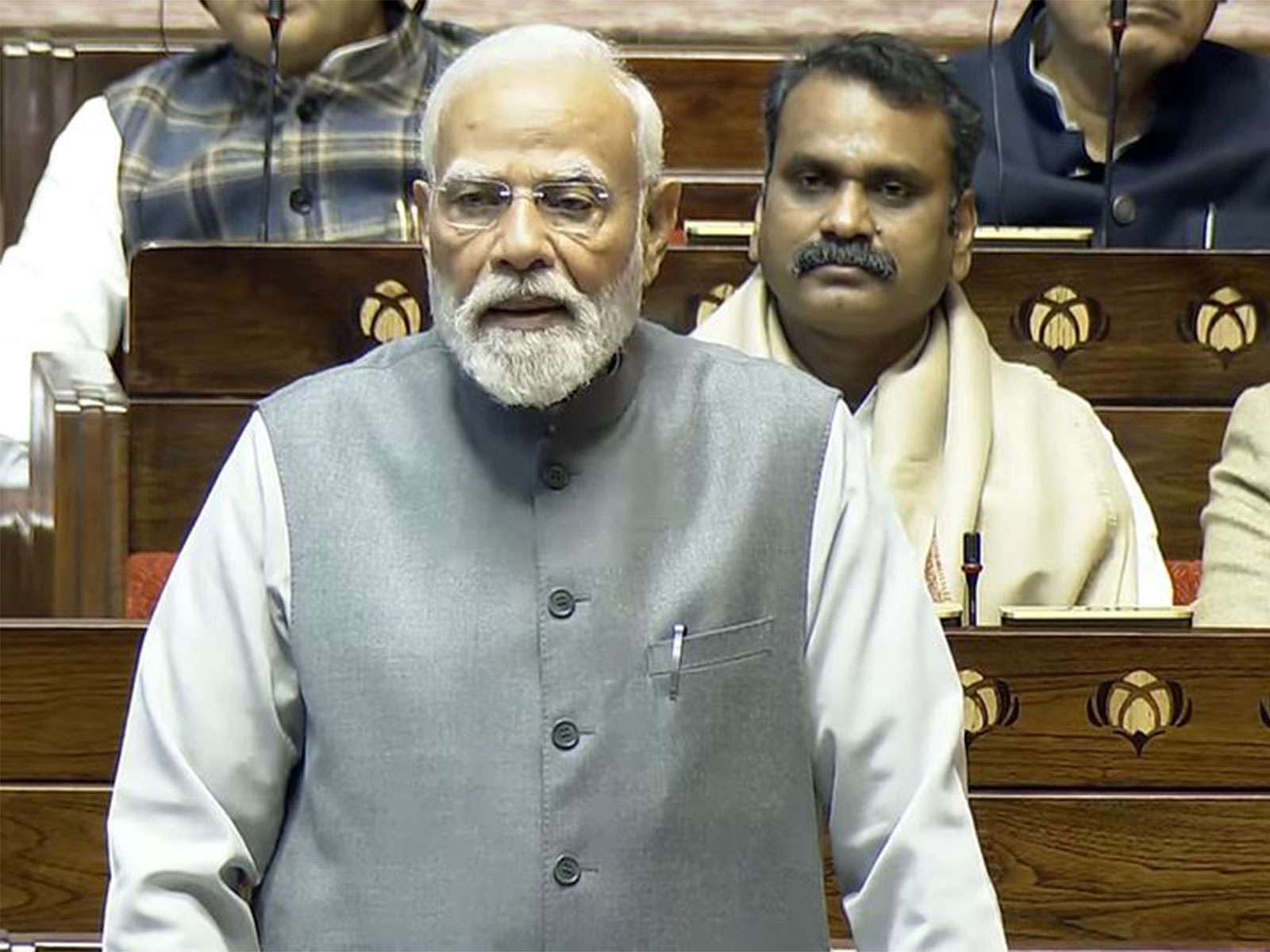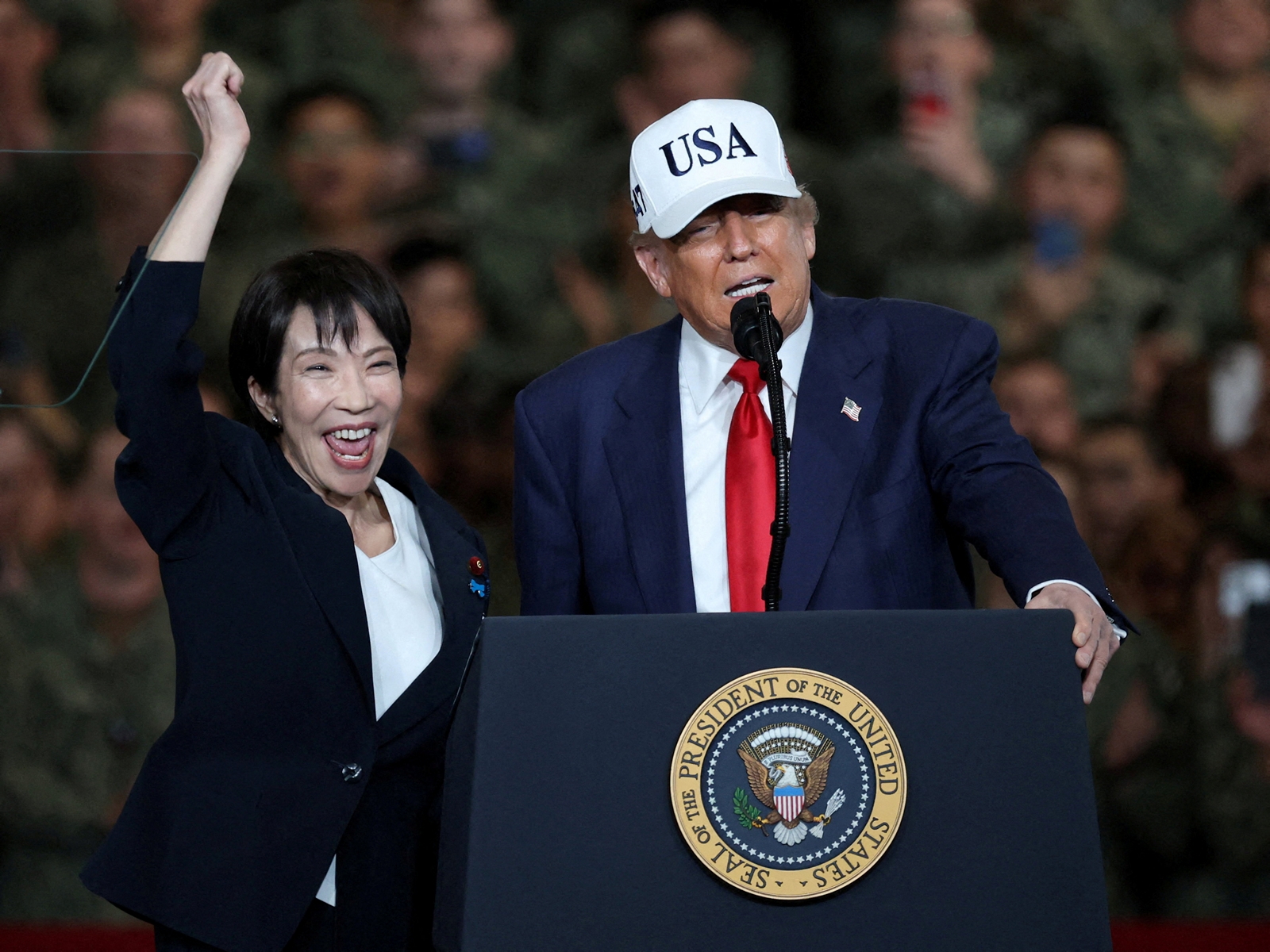Govt's GST move gets tailwind from states
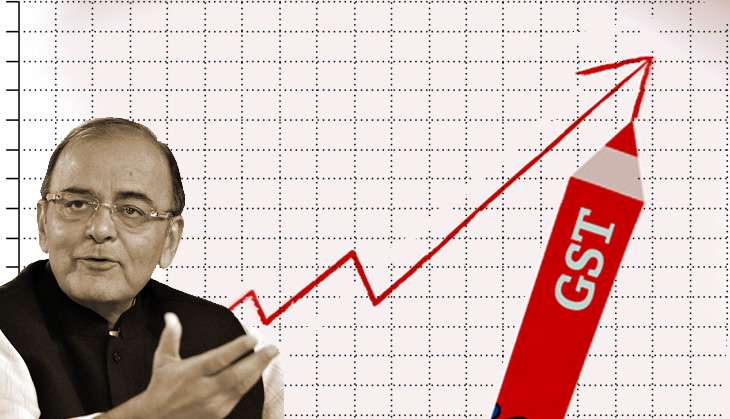
- The Empowered Committee of State Finance Ministers has approved the model GST law
- This has laid a strong foundation for the passage of the GST Bill in Parliament
- If and when passed, the GST law is expected to slash prices of manufactured goods
- It is also likely to provide a boost of 2% to the GDP
- What the states need to do now
- What are the sticking points that remain to be sorted out?
The NDA government seems to have laid a strong foundation for the passing of the Goods and Services Tax (GST) Bill in Parliament. On Tuesday, 14 June, the Centre managed to get the Empowered Committee of State Finance Ministers to approve the model GST law.
The government will now try to get the GST Bill passed in the upcoming monsoon session of Parliament.
Also read-Except Tamil Nadu, all states have virtually accepted GST bill, says Arun Jaitley
The proposed tax reform will be India's biggest economic reform since independence, and requires a constitutional amendment.
GST will simplify the country's tax regime by subsuming a host of indirect taxes levied by the Central government and the states. The Centre earned Rs 5.46 lakh crore in indirect taxes in 2014-15.
Significant improvement
In its first two years in power, the government faced criticism from investors and economists for not being able to convince the Opposition to pass the GST Bill in the Rajya Sabha.
There was a significant opposition from state governments as well, as producer states would lose out on revenue because GST requires all state revenues to be merged into one single rate of tax, which would be collected by state governments at the point of sale.
According to Pratik Jain, Leader, Indirect Tax, PwC India: "The revised draft is a significant improvement over the first draft. Overall, the model law for public debate moves us closer to GST, hopefully from 1 April 2017.
"A lot of hard work seems to have been put in to arrive at a broader consensus with the states. Industry would need to analyse the law with specific reference to their business, and set the ball rolling in terms of preparation."
Also read- Can't make sense of the GST debate? Here's what you need to know
Benefits of GST
The biggest benefit for the Indian economy with the introduction of GST would be a reduction in the price of manufactured goods.
This can give a boost to the consumption story in the Indian economy.
GST is expected to provide a level playing field for organised and unorganised companies in the manufacturing sector. The law should result in cost optimisation in terms of movement and warehousing of goods, due to uniform tax rate.
Experts claims that GST implementation can increase India's Gross Domestic Product or GDP by up to 2% every year.
This means if India maintains its growth at 7.6%, as per government data for 2015-16, India's GDP growth can come very close to 10%.
What states will do
After agreeing on the model GST law, states will draft their own GST Bills based on the draft model law with minor variations, having state-specific exemptions.
The Centre and the states will also have to approve the integrated GST, which will deal with inter-state movement of goods.
According to Finance Minister Arun Jaitley, the states have agreed to not have any constitutional cap on the rate of tax under GST law. This will put pressure on the Congress's state governments, which wanted caps on the rate of tax.
Also read- The big GST question: Why should I foot your bill?
This will give the government scope to revise the GST rate upwards, in case there is a shortfall in Central revenue after the implementation of the new tax system.
Yet to be agreed upon
Amit Mitra, chairman of the Empowered Committee, will convene another meeting in July to discuss two issues - to calculate a revenue-neutral rate for GST, and to manage the taxation structure under dual control of Centre and state.
A panel headed by Chief Economic Advisor Arvind Subramanian, in December 2015, had proposed a two-rate structure: the lower of these, it suggested, be kept at 12%, and the standard rate, at which most products are likely to be taxed, at 17-18%.
The revenue-neutral rate, according to the Subramanian panel, was pegged at 15-15.5%.
State governments will have to agree on the recommendations on the nitty-gritty of the revenue-neutral rate.
Edited by Shreyas Sharma
More in Catch:
Russia almost disqualified, heavily fined for Euro 2016 fan violence
Delhi transport minister Gopal Rai resigns
AR15, the assault rifle that is wreaking a havoc in US
First published: 14 June 2016, 10:54 IST

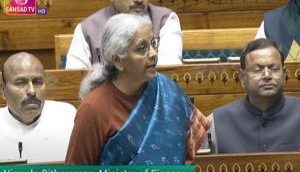
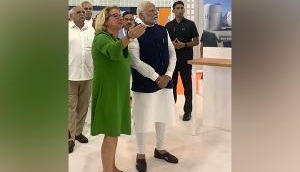
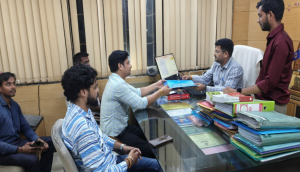


![BJP's Kapil Mishra recreates Shankar Mahadevan’s ‘Breathless’ song to highlight Delhi pollution [WATCH] BJP's Kapil Mishra recreates Shankar Mahadevan’s ‘Breathless’ song to highlight Delhi pollution [WATCH]](https://images.catchnews.com/upload/2022/11/03/kapil-mishra_240884_300x172.png)

![Anupam Kher shares pictures of his toned body on 67th birthday [MUST SEE] Anupam Kher shares pictures of his toned body on 67th birthday [MUST SEE]](https://images.catchnews.com/upload/2022/03/07/Anupam_kher_231145_300x172.jpg)




